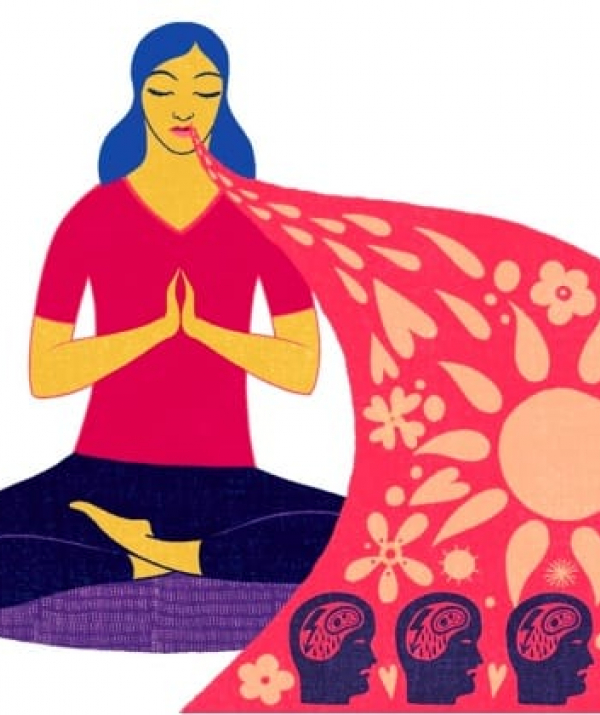Để đạt được thành công, trước hết chúng ta phải tin chắc là mình làm được. (In order to succeed, we must first believe that we can.)Nikos Kazantzakis
Không thể lấy hận thù để diệt trừ thù hận. Kinh Pháp cú
Chúng ta không làm gì được với quá khứ, và cũng không có khả năng nắm chắc tương lai, nhưng chúng ta có trọn quyền hành động trong hiện tại.Tủ sách Rộng Mở Tâm Hồn
Cách tốt nhất để tiêu diệt một kẻ thù là làm cho kẻ ấy trở thành một người bạn. (The best way to destroy an enemy is to make him a friend.)Abraham Lincoln
Chúng ta không có khả năng giúp đỡ tất cả mọi người, nhưng mỗi người trong chúng ta đều có thể giúp đỡ một ai đó. (We can't help everyone, but everyone can help someone.)Ronald Reagan
Sống trong đời cũng giống như việc đi xe đạp. Để giữ được thăng bằng bạn phải luôn đi tới. (Life is like riding a bicycle. To keep your balance you must keep moving. )Albert Einstein
Người có trí luôn thận trọng trong cả ý nghĩ, lời nói cũng như việc làm. Kinh Pháp cú
Càng giúp người khác thì mình càng có nhiều hơn; càng cho người khác thì mình càng được nhiều hơn.Lão tử (Đạo đức kinh)
Bằng bạo lực, bạn có thể giải quyết được một vấn đề, nhưng đồng thời bạn đang gieo các hạt giống bạo lực khác.Đức Đạt-lai Lạt-ma XIV
Chúng ta trở nên thông thái không phải vì nhớ lại quá khứ, mà vì có trách nhiệm đối với tương lai. (We are made wise not by the recollection of our past, but by the responsibility for our future.)George Bernard Shaw
Kẻ ngốc nghếch truy tìm hạnh phúc ở xa xôi, người khôn ngoan gieo trồng hạnh phúc ngay dưới chân mình. (The foolish man seeks happiness in the distance, the wise grows it under his feet. )James Oppenheim
 Xem Mục lục
Xem Mục lục  Vietnamese || Đối chiếu song ngữ
Vietnamese || Đối chiếu song ngữ

DO NXB LIÊN PHẬT HỘI PHÁT HÀNH
Mua sách qua Amazon sẽ được gửi đến tận nhà - trên toàn nước Mỹ, Canada, Âu châu và Úc châu.
Quý vị đang truy cập từ IP 216.73.216.110 và chưa ghi danh hoặc đăng nhập trên máy tính này. Nếu là thành viên, quý vị chỉ cần đăng nhập một lần duy nhất trên thiết bị truy cập, bằng email và mật khẩu đã chọn.
Chúng tôi khuyến khích việc ghi danh thành viên ,để thuận tiện trong việc chia sẻ thông tin, chia sẻ kinh nghiệm sống giữa các thành viên, đồng thời quý vị cũng sẽ nhận được sự hỗ trợ kỹ thuật từ Ban Quản Trị trong quá trình sử dụng website này.
Việc ghi danh là hoàn toàn miễn phí và tự nguyện.
Ghi danh hoặc đăng nhập